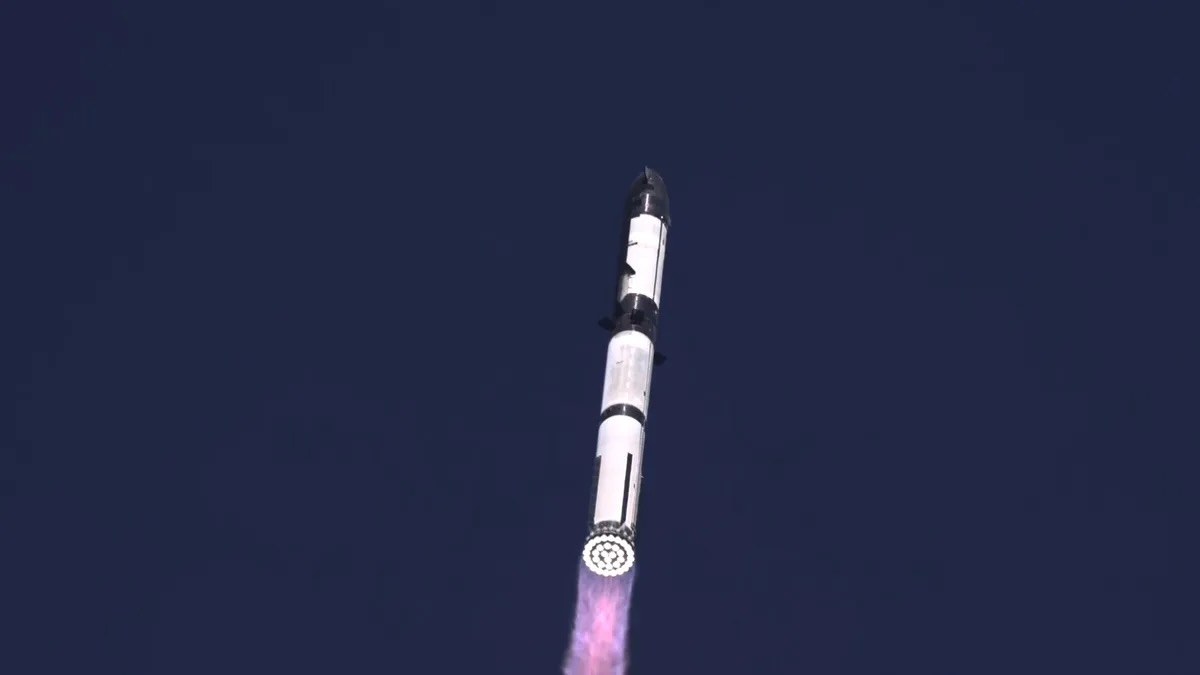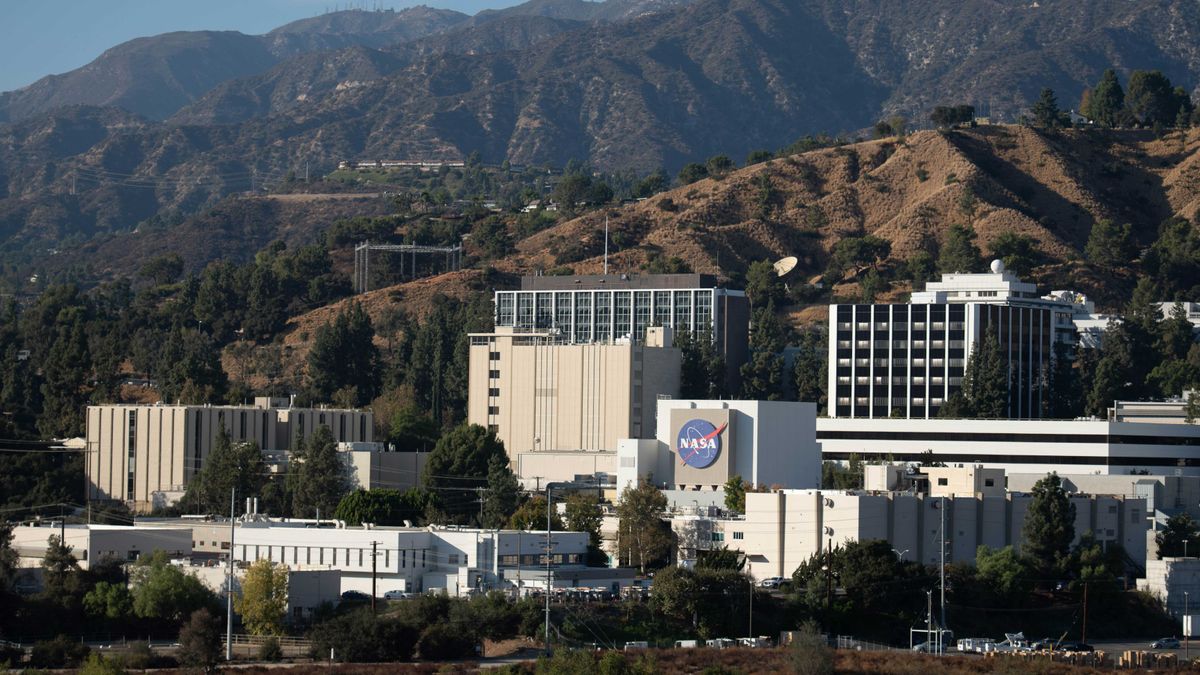The U.S. Federal Aviation Administration (FAA) has cleared SpaceX's giant Starship rocket for its ninth-ever liftoff.
The FAA announced the decision today (May 22) after taking a long look at the anomaly that occurred on Starship's most recent mission, which launched on March 6.
"The FAA conducted a comprehensive safety review of the SpaceX Starship Flight 8 mishap and determined that the company has satisfactorily addressed the causes of the mishap, and therefore, the Starship vehicle can return to flight," FAA officials said in a statement today. "With the Starship vehicle return-to-flight determination, Starship Flight 9 is authorized for launch."
The Flight 8 mishap resulted in the destruction of Starship's 171-foot-tall (52-meter-tall) upper stage, which is known as Starship, or simply "Ship." The vehicle exploded high over the Atlantic Ocean less than 10 minutes after launch, raining debris down on The Bahamas.
Starship's first-stage booster, called Super Heavy, performed well on the flight, returning to the launch site — SpaceX's Starbase in South Texas — for a catch by the launch tower's "chopstick" arms.
This outcome — Super Heavy's success and Ship's failure — was a repeat of Flight 7, which lifted off in January. On that test mission, the Starship debris fall was centered on and around the Turks and Caicos Islands.
Flight 7's Super Heavy will fly again on Flight 9, a big reuse milestone for the Starship program. In part because of this new wrinkle, the FAA has expanded the hazard area for Flight 9 compared to past Starship launches.
"The Aircraft Hazard Area (AHA) for Flight 9 covers approximately 1,600 nautical miles and extends eastward from the Starbase, Texas, launch site through the Straits of Florida, including the Bahamas and Turks & Caicos Islands," FAA officials wrote in today's update.
"For Flight 8, the AHA covered approximately 885 nautical miles," they added. "To minimize disruption to U.S. and international airspace users, the FAA required the launch window to be scheduled during non-peak transit periods."
SpaceX has not announced a target launch date for Flight 9, though airspace closure notices suggest that next Tuesday (May 27) could be the day.
Starship is the biggest and most powerful rocket ever built; fully stacked, it stands more than 400 feet (122 m) tall. Both Super Heavy and Ship are designed to be fully and rapidly reusable, a breakthrough SpaceX thinks could help enable settlement of the moon and Mars.
.png)
 German (DE)
German (DE)  English (US)
English (US)  Spanish (ES)
Spanish (ES)  French (FR)
French (FR)  Hindi (IN)
Hindi (IN)  Italian (IT)
Italian (IT)  Russian (RU)
Russian (RU) 









Comments